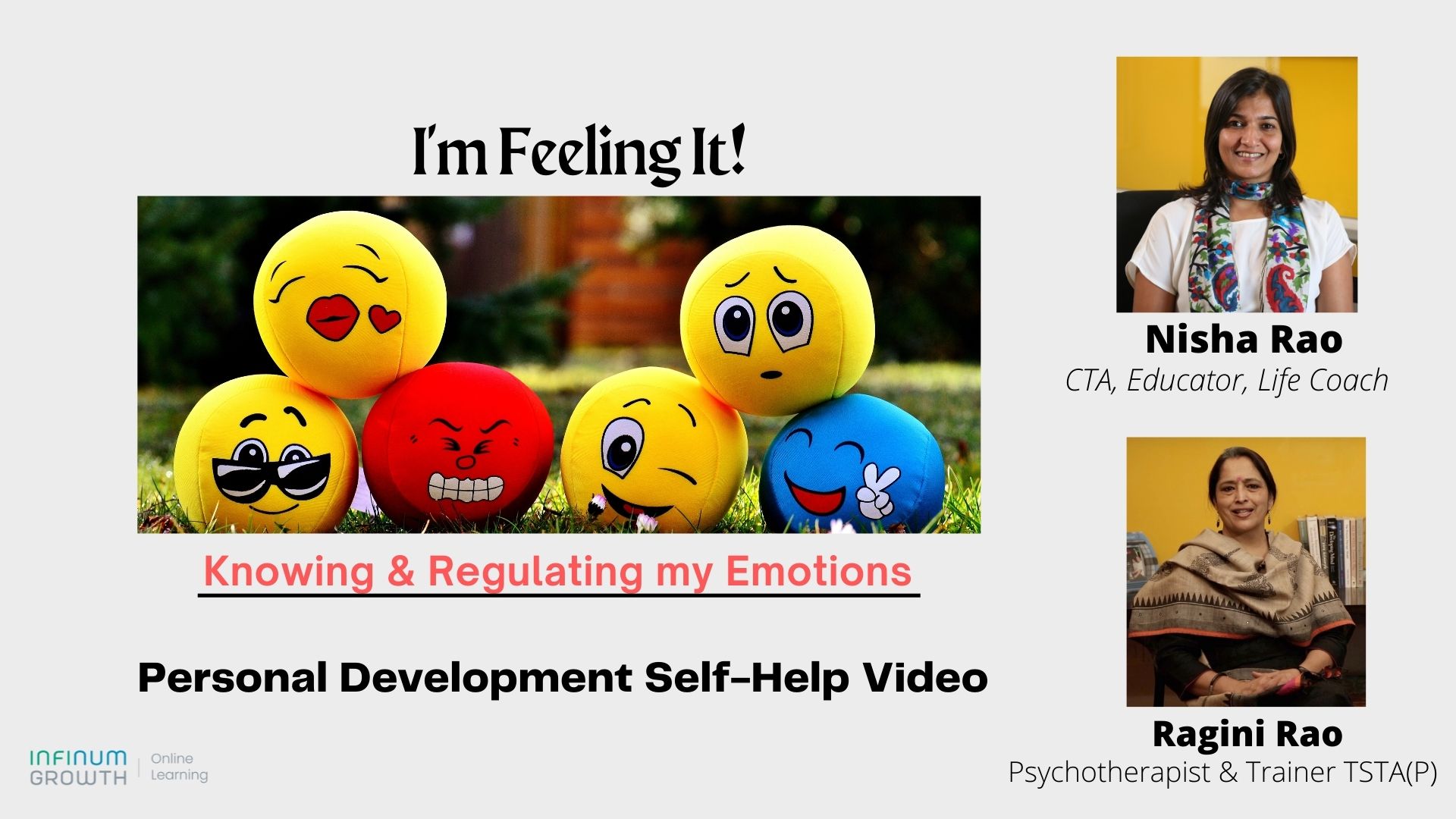How often have you come across colleagues who clearly must have the same objectives as you, but seem to have no interest whatsoever in cooperating? We surely see this displayed every day in the public sphere, with opposing political parties refusing to work together for the common good of the people who elected them to do just that!
Partnerships at the workplace ensure alignment in thought and action and become the key to great execution of plans and strategies.
As a professional, I am constantly looking for creative ways to engage and align with, not just other teams, but also my own team members. I expect them to be passionate, feel like they “own” solving the problems as much as I do, but I am not always successful. What seems to work at one time, with one person, fails utterly with others. Whether you are in early stages of your career partnering with peers, a mid-level manager or a senior executive, your ability to provide direction and drive others to deliver, determines your effectiveness as a manager and a leader.
So, how do you overcome resistance and succeed in achieving your goals? Here are some guiding principles that typically yield positive results –
Connect with your audience
- Break the ice first! Use humour and light conversation to build camaraderie.
- Communicate clearly and articulate the problem at hand – YOU may know and understand what you are solving for, but how well have you conveyed it? Do not assume that your audience has the same level of proficiency on the topic at hand as you do.
- Establish credibility by displaying transparency and taking ownership. Being consistent and thoughtful in your approach to solving problems provides others with confidence in your abilities.
“To be persuasive, we must be believable. To be believable, we must be credible. To be credible, we must be truthful.” –Edward R. Murrow, a highly respected US journalist
Develop a win-win strategy
- What’s in it for them? Understand their viewpoint and key concerns – acknowledge their apprehensions and address them.
- Identify and agree on common goals but be clear on expectations from each party. Defining measures of success at both the individual level as well as the collective provides a tangible focal point for all stakeholders.
- Involve partners in decision-making. Having a stake in the output can drive participation and constructive contribution.
Demonstrate leadership
- Leadership does not always imply hierarchy. It is an equally important trait in a team environment. Think about any group activity, whether at work or in a personal setting and you will notice that some people naturally gravitate toward taking a lead role. They are able to make others follow their direction by exhibiting certain behaviours.
- Thought leadership – A logically thought out framework, setting the right context and demonstrating your expertise by using facts, not innuendos, will establish credibility and trust. Equally important is the ability to provide such leadership via strong oral and presentation skills.
- Self-awareness – accept responsibilities for your own mistakes and flaws. Be willing to adapt, but maintain focus on the task at hand. When faced with impediments, your approach to bouncing back is critical to maintaining credibility and trust.
- Be considerate of others’ circumstances and position – time and resource constraints seem pervasive, so offer up some help in return for their commitment toward partnership.
Determine your leadership style
What is interesting is that depending on the situation at hand, you may need to apply a different tactic with the same individual. For example,
- How you lead effectively during a crisis (by being “coercive”) is different from when you are starting to build a team and setting a vision for the future (by “pace-setting”)
- Turnaround situations need a decisive leader (“authoritative”) whereas a team or company roiling in low morale needs a strong but empathetic and optimistic head (“affiliative”)
- If you’re looking to build consensus across a diverse, cross-functional team, your style may need to be more “democratic” to a certain extent but when mentoring newcomers to a team, a “coaching” approach is desired
Measure success and celebrate
Finally, most of us are motivated to keep going when we experience success. So, it is important to pause and recognise success at critical junctures – thank the team, recognise individual contributions and more importantly, lay out how accomplishments thus far are contributing toward the final goal.
This is by no means an exhaustive list of strategies needed to succeed in building partnerships at workplace, but provides a framework and is meant to be thought provoking. Each situation, coupled with personality differences among participants demands a unique set of responses.
All content included in this article is strictly the personal perspective of Indira Rao and not of her employer AT&T.
Please do leave your comments at the bottom and do share with others if you like this article.



















The article truly covers ways and means to tackle the most important and lurking problem of Teams and Individuals on not wanting to collaborate, leading to Turf wars.